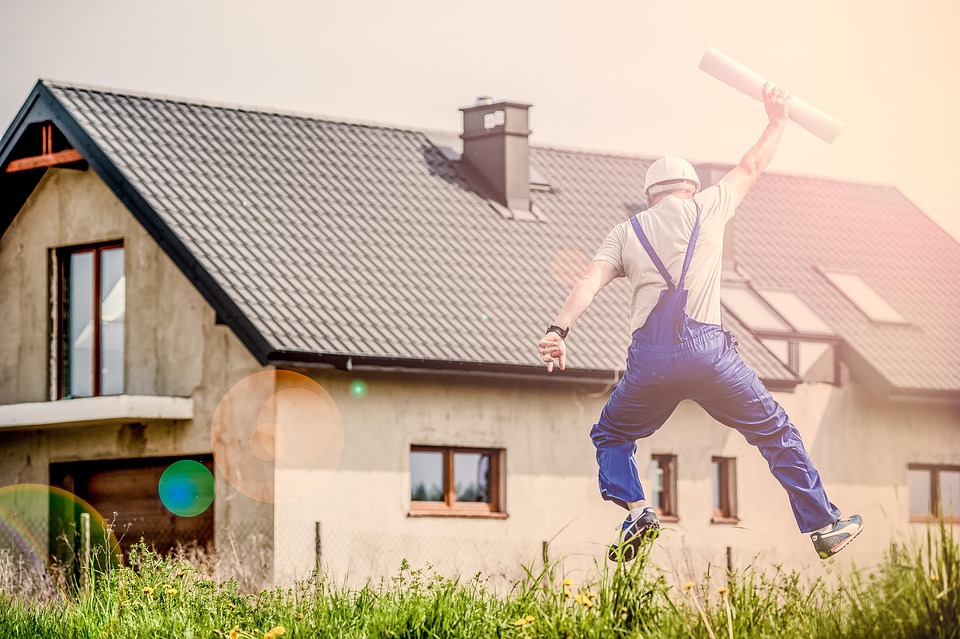In an era characterized by rapid urbanization and industrial growth, the intersection of economic development and environmental sustainability has never been more critical. Green development emerges as not just a trend but a necessity, promoting a harmonious relationship between human activity and the natural environment. As global challenges such as climate change, resource depletion, and biodiversity loss intensify, we must explore how we can balance growth with environmental responsibility.
What is Green Development?
Green development refers to a holistic approach that integrates economic, social, and environmental aspects in the planning and implementation of projects. It aims to reduce environmental impacts while maximizing social and economic benefits. By utilizing renewable energy, sustainable materials, and eco-friendly practices, green development seeks to create spaces that not only meet human needs but also enhance the well-being of our planet.
Principles of Green Development
1. Sustainable Resource Management
At the heart of green development lies the principle of sustainable resource management. This involves using resources in a way that meets present needs without compromising future generations’ ability to meet their own. This includes:
- Renewable Energy: Transitioning to wind, solar, and hydropower reduces dependency on fossil fuels and decreases greenhouse gas emissions.
- Water Conservation: Implementing rainwater harvesting, wastewater recycling, and eco-friendly landscaping can significantly save and purify water resources.
- Sustainable Materials: Selecting biodegradable, recycled, or renewable materials for construction minimizes environmental footprints.
2. Economic Viability
While environmental stewardship is paramount, economic growth is essential for a thriving society. Green development supports innovative business models that foster job creation, boost local economies, and attract investments. Sustainable practices often lead to cost savings in energy use, waste management, and resource consumption, providing a dual benefit of financial and environmental gains.
3. Community Engagement
Successful green development projects prioritize community involvement. Engaging local populations in the planning process ensures that developments are tailored to meet the specific needs of residents. This can lead to enhanced public acceptance and support as communities take pride in sustainable initiatives that enhance their quality of life.
4. Biodiversity and Ecosystem Preservation
A key component of green development is the recognition and protection of biodiversity. Urban development often comes at the expense of natural habitats. Green development incorporates practices that preserve local wildlife and restore ecosystems, such as green roofs, urban forests, and the creation of green corridors. These strategies are crucial for maintaining ecosystem services like air purification, water filtration, and climate regulation.
Case Studies in Green Development
1. Masdar City, UAE
Masdar City, located near Abu Dhabi, represents one of the world’s most ambitious sustainable urban developments. Designed to be a zero-carbon city, it utilizes renewable energy sources, a smart grid, and efficient public transport systems. The project aims to create a vibrant community that balances urban living with environmental stewardship.
2. The Bullitt Center, Seattle, USA
Claimed to be the greenest commercial building in the world, the Bullitt Center is an example of cutting-edge sustainable architecture. It incorporates a solar array that produces more energy than it consumes, a rainwater harvesting system, and operable windows that promote natural ventilation, showcasing how green technologies can enhance building performance and sustainability.
Challenges Facing Green Development
Despite its benefits, green development faces numerous challenges:
- High Upfront Costs: While green technologies can lead to long-term savings, the initial investment can deter developers and investors.
- Regulatory Hurdles: Outdated zoning laws and building codes can impede the integration of sustainable practices.
- Public Perception: Misconceptions about the costs and practicality of green initiatives can lead to public resistance.
The Path Forward
To achieve a balanced approach between growth and environmental responsibility, governments, businesses, and communities must collaborate. Policymakers should incentivize sustainable practices through tax breaks and grants, while education campaigns can raise public awareness of the benefits of green development. Importantly, a paradigm shift in how we view growth—one that values sustainability alongside economic progress—is vital.
Conclusion
Green development is not merely an alternative to traditional practices; it represents a fundamental shift towards a more sustainable future. By balancing economic growth with environmental responsibility, we can create vibrant, resilient communities that thrive both today and for generations to come. Embracing this paradigm is not just an option; it is an imperative to ensure the health and well-being of our planet and humanity.



